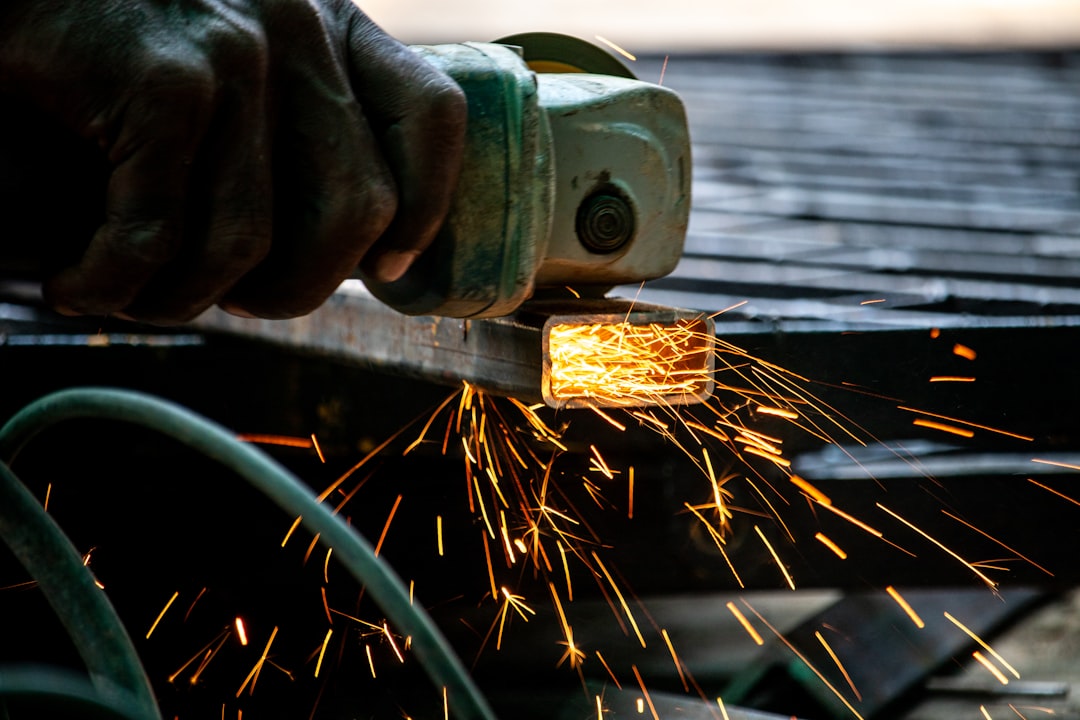The steel industry is a cornerstone of modern infrastructure, offering rewarding careers for skilled professionals. If you’re drawn to the challenge of working with steel, building skyscrapers, bridges, and other vital structures, then exploring steelworker training programs is a crucial first step. This comprehensive guide will delve into the various pathways available, helping you forge your future in this dynamic field.
1. Types of Steelworker Training Programs: Finding the Right Fit
The path to becoming a skilled steelworker isn’t one-size-fits-all. Several training options cater to different learning styles and career goals. These include:
- Apprenticeships: These are hands-on, employer-sponsored programs combining on-the-job training with classroom instruction. Apprenticeships typically last several years and lead to a nationally recognized certification. They often offer excellent pay and benefits, particularly through union programs. Finding a union apprenticeship is highly recommended as they provide a structured learning environment and strong job security.
- Trade Schools and Vocational Schools: These institutions offer shorter, more focused programs covering specific steelworking skills, such as welding, ironworking, or steel fabrication. These programs are a great option for those who want to quickly gain skills and enter the workforce. They often offer certifications upon completion, making graduates more competitive in the job market.
- Community Colleges and Technical Institutes: These institutions often offer associate’s degrees or certificates in related fields like welding technology or construction technology. These programs provide a broader educational foundation, which can be beneficial for career advancement.
- On-the-Job Training: While less structured than formal programs, some companies offer on-the-job training. This typically involves learning from experienced workers, but it may lack the comprehensive theoretical knowledge provided by other training options. This route is often less common for entry-level positions.
2. Essential Skills and Knowledge for Steelworkers
Becoming a successful steelworker requires a blend of physical prowess, technical skills, and theoretical knowledge. Essential skills and knowledge include:
- Blueprint Reading: Understanding technical drawings is crucial for interpreting designs and constructing steel structures accurately.
- Welding Techniques: Proficiency in various welding processes, such as SMAW (stick welding), GMAW (MIG welding), and GTAW (TIG welding), is essential for joining steel components.
- Safety Procedures: Steelworking is inherently dangerous, so a strong understanding of safety regulations and practices is paramount to prevent accidents and injuries. OSHA (Occupational Safety and Health Administration) compliance is critical.
- Use of Power Tools and Equipment: Steelworkers use a wide array of power tools, including cutting torches, grinders, and various lifting equipment. Safe and efficient operation of these tools is vital.
- Physical Fitness and Stamina: The job demands significant physical strength, endurance, and dexterity.
- Problem-Solving and Teamwork: Steelworkers often work in teams, requiring effective communication and collaboration to solve problems and meet deadlines.
3. Safety Training in Steelworker Programs: A Non-Negotiable Aspect
Safety is paramount in the steelworking industry. Reputable training programs prioritize comprehensive safety instruction, covering topics such as:
- Fall Protection: Working at heights is common, so proper fall protection techniques are crucial.
- Personal Protective Equipment (PPE): Steelworkers must use appropriate PPE, including hard hats, safety glasses, gloves, and steel-toed boots.
- Hazard Recognition and Avoidance: Learning to identify and avoid potential hazards is essential for preventing accidents.
- Emergency Procedures: Knowing how to respond to emergencies, such as fires or injuries, is vital.
- Confined Space Entry: Many steelworking tasks involve working in confined spaces, requiring specific safety procedures.
- Lockout/Tagout Procedures: Safeguarding against accidental energization of equipment is crucial.
4. Career Advancement Opportunities for Steelworkers
A successful steelworker career offers opportunities for advancement and specialization. With experience and further training, steelworkers can progress to roles such as:
- Foreman/Supervisor: Supervising crews and overseeing projects.
- Welding Inspector: Inspecting welds for quality and safety.
- Steel Fabricator: Specializing in the fabrication of steel components.
- Project Manager: Managing large-scale steel construction projects.
- Estimator: Estimating the cost and time required for steel construction projects.
5. Finding and Choosing the Right Steelworker Training Program
Choosing the right training program is a crucial decision. Consider the following factors:
- Accreditation: Ensure the program is accredited by a reputable organization.
- Curriculum: Review the curriculum to ensure it covers the essential skills and knowledge.
- Instructor Experience: Look for programs with experienced and qualified instructors.
- Job Placement Assistance: Many programs offer job placement assistance to help graduates find employment.
- Cost and Financing Options: Consider the cost of the program and explore financing options if needed.
- Location and Accessibility: Choose a program that is conveniently located and accessible.
The steelworking industry offers a rewarding career path for those willing to learn and dedicate themselves. By carefully researching and choosing the right training program, you can forge a successful and fulfilling future in this vital sector.
Tags: steelworker training, steelworker apprenticeship, welding training, ironworker training, construction training




